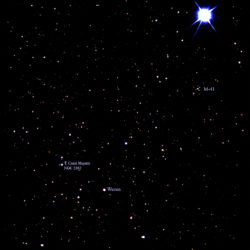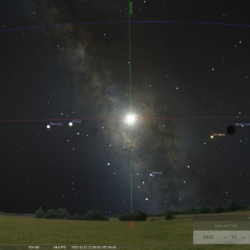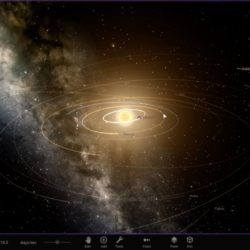Winter Solstice 2024
This Year’s Winter Solstice Occurs on Saturday, December 21, 2024, at 4:20 am EST (09:20 UTC). For a full calendar, please visit Time and Date. In the illustration above, the angular distance on the sky at the meridian between the Celestial Equator (the projection of the Earth’s equator onto the sky) and the Ecliptic (the[…]





